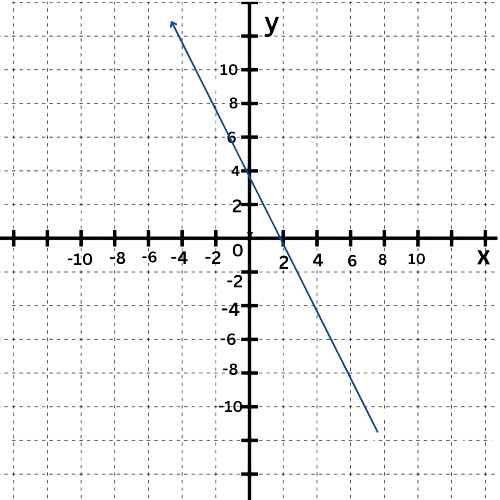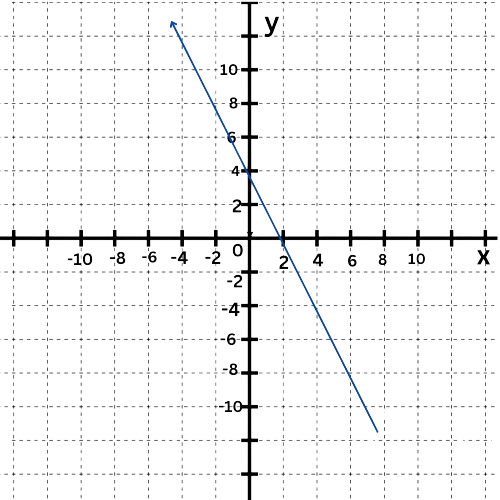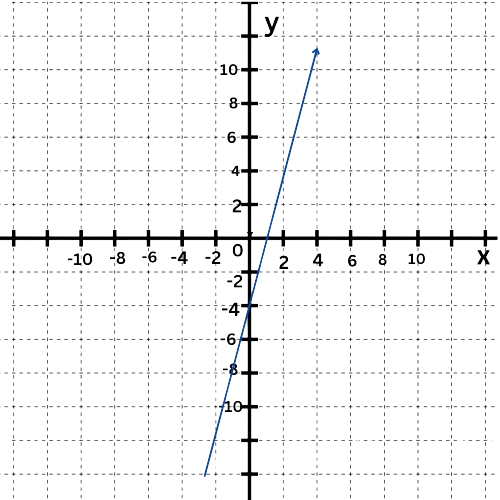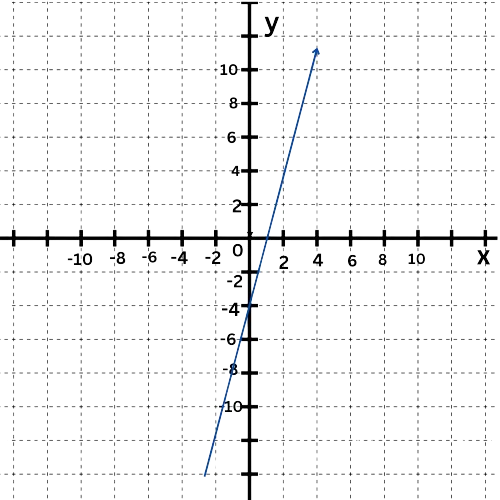Identify linear equations
Key Notes:
What is a Linear Equation?
A linear equation is an equation in which the highest power of the variable(s) is 1.
Its graph is always a straight line.
General form for:
- One variable: ax + b = 0
- Two variables: ax + by + c = 0
- Three variables: ax + by + cz + d = 0
where a,b,c,d are real numbers and a,b, c are not all zero.
Identifying Linear Equations
An equation is linear if:
- The variables have no exponents greater than 1.
- The variables are not multiplied together.
- The variables appear with constant coefficients.
- No term involves roots, fractions of the variable, or trigonometric functions of the variable.
Examples of Linear Equations:
- 2x + 5 = 0 — One variable
- 3x − 4y + 7 = 0 — Two variables
- x + y + z = 6 — Three variables
Not Linear:
- x2 + 2x + 3 = 0 (power 2)
- xy + 2 = 0 (product of variables)
- x + y = 4 (variable under root)
Key Characteristics
Degree: 1 (highest power of the variable is 1)
Graph: Straight line
Solutions:
- One variable → single value
- Two variables → infinite solutions forming a line
- Three variables → plane intersection lines
Examples for Practice
Linear:
- 5p − 3q = 9
- 0.5x + 2y − 1 = 0
Not Linear:
- 2x2 − 3y = 5
- xy = 10
Quick Tip to Identify
Ask yourself:
- Are there only variables to the power 1?
- Are the variables not multiplied with each other?
- Are there no roots or reciprocals of variables?
If all answers are YES, it’s a linear equation.
Learn with an example
The graph shows a function. Is the function linear or nonlinear?

- Linear
- Non-linear
To determine whether the function is linear or nonlinear, see whether the graph is a straight line.

The graph is a straight line.
So, the function is linear.
The graph shows a function. Is the function linear or nonlinear?

- Linear
- Non-linear
To determine whether the function is linear or nonlinear, see whether the graph is a straight line.

The graph is a straight line.
So, the function is linear.
Let’s Practice!

